Any country is only so strong as the infrastructure that binds it together. A nation’s roads, power grid, airports, water and gas distribution systems are the way that goods and people move from one location to another. They are the public services that a nation’s citizens use everyday. The economy of a country, any country is a function of the size and efficiency of that country’s infrastructure. Simply put, without infrastructure the people cannot obtain the goods and services they need or desire.

Like anything else in this world a nation’s infrastructure needs to be maintained, upgraded and hopefully expanded in order for that nation to grow. The task of caring for a nation’s infrastructure primarily rests with its government, and any government that fails to maintain that infrastructure in good condition has simply failed to do their job of governing.
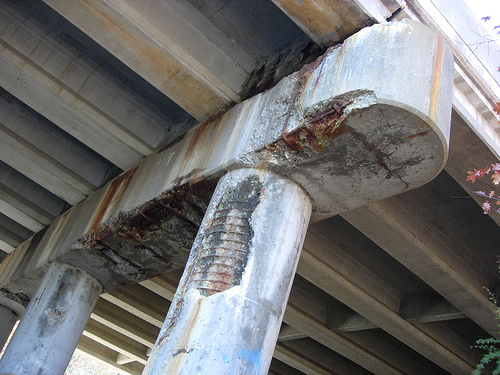
Back on the 28th of January the Fern Hollow Bridge, located some 15 km east of downtown Pittsburgh here in Pennsylvania collapsed without warning shortly before the morning rush hour. The bridge, which carries an estimated 14,500 vehicles daily fortunately only had four vehicles on it at the time of its collapse and none of the people in those vehicles suffered more than minor injuries. The bridge, which was built in 1970, had been rated as being in ‘poor condition’ since 2011 and its last inspection in 2019 found that both the bridge’s superstructure and deck were in need of repair. Such a dilapidated state for a bridge in our country is no accident; rather it is a disgrace.

The story of the Fern hollow bridge got a bit of extra attention in the media because, by shear coincidence President Biden was scheduled to travel to Pittsburgh that very day to talk about the passage of his trillion dollar infrastructure bill, of which $27 billion has been allocated over the next five years for the repair of bridges. The President went on with his visit, indeed he made the collapse of the bridge a focal point of his talk about how vital it is for our country to get to work on maintaining and repairing the nation’s infrastructure.
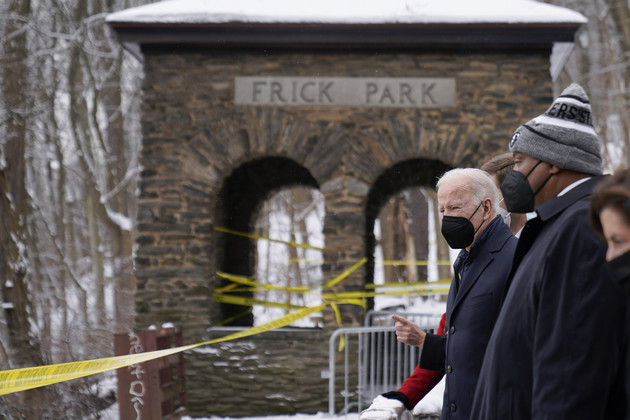
So why did the Fern Hollow Bridge spend 10 years in ‘poor condition’ without being repaired before finally just collapsing from neglect, and why should a President be touting his success in getting a bill passed that allocates money for what is actually one of government’s prime obligations? Well that’s because for decades now the American people and their government have simply ignored the important public works around them, preferring to adopt the strategy of, if it breaks fix it, otherwise who cares.

This state of affairs is spelled out in detail in a report examining infrastructure in the US from 1929 to 2019 by Ray C. Fair of Yale University’s Department of Economics. In his report Mr. Fair analyzes spending on both civilian infrastructure and defense infrastructure whereas I shall concern myself only with civilian infrastructure. Mr. Fair also combines the contributions of State and Local governments with that of the Federal government and I shall follow him in that respect.

What the report clearly shows is a steady decline in government spending on infrastructure beginning during the 1970s and continuing until the present day. In other words, over the last 40-50 years, even as our roads, bridges, water and sewer systems etc. have grown older and in greater need of maintenance and replacement the United States, at all levels of government has spent less and less on their upkeep. This decline is evident in the graphs shown above and below.

As a part of his analysis Mr. Fair also investigated spending on infrastructure for a number of other countries and discovered that several western nations, including the United Kingdom, Germany and to a lesser extent France showed similar declines beginning slightly later in the 1980s.

What makes this situation even harder to understand is that, throughout the period of reduced spending on infrastructure the US government has been setting records for deficit spending, that is the Federal Government is spending more money than it takes in through taxes. So, if our governments aren’t spending money on infrastructure what are they spending it on?
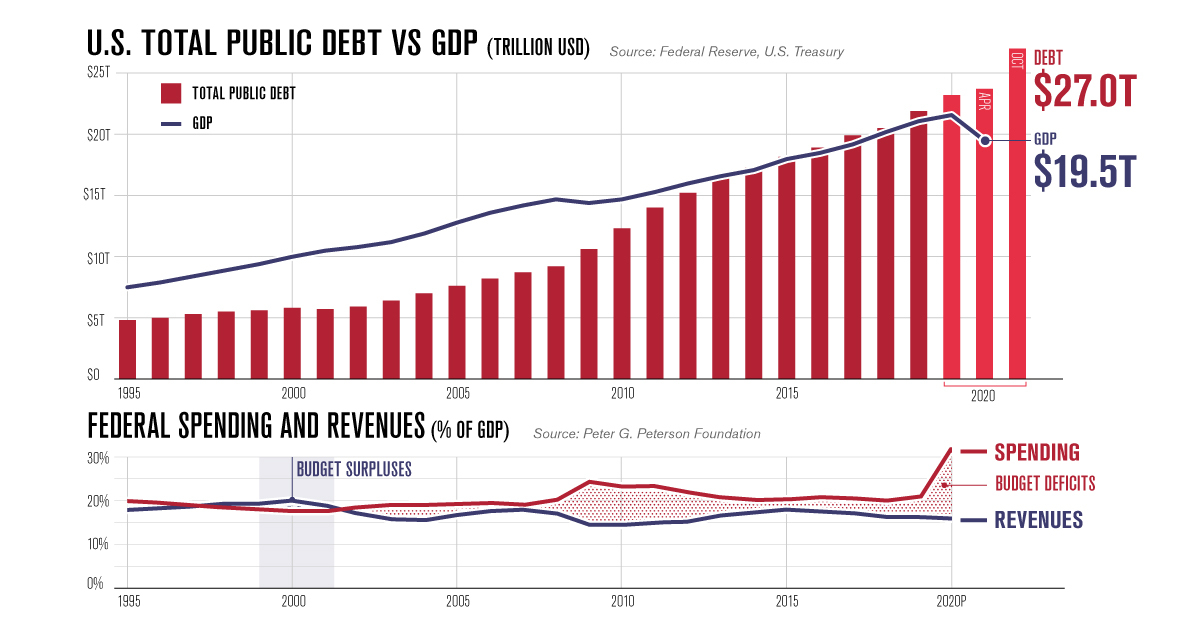
Well, first of all since 1980 the Federal government has passed three big tax cuts in a strategy once called ‘Reaganomics’ but which has now proven itself to be more like the voodoo economics that it was once criticized as. With each tax cut the deficit rose considerably and in order to reduce the deficit somewhat corners were cut elsewhere, with infrastructure being an obvious choice since few people pay much attention to it.
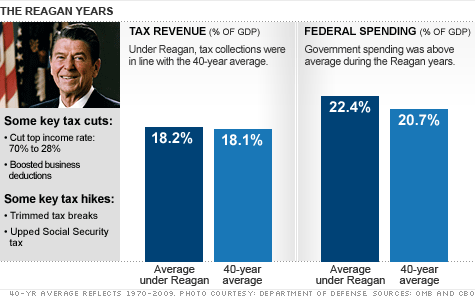
At the same time we wanted more entitlements, more Social Security benefits, more Medicare and now Obamacare. We wanted a big social safety net without having to pay for it putting more pressure on those parts of the federal budget few people care about, like infrastructure. After all the infrastructure we have now is good enough for now, so why spend any money on it.
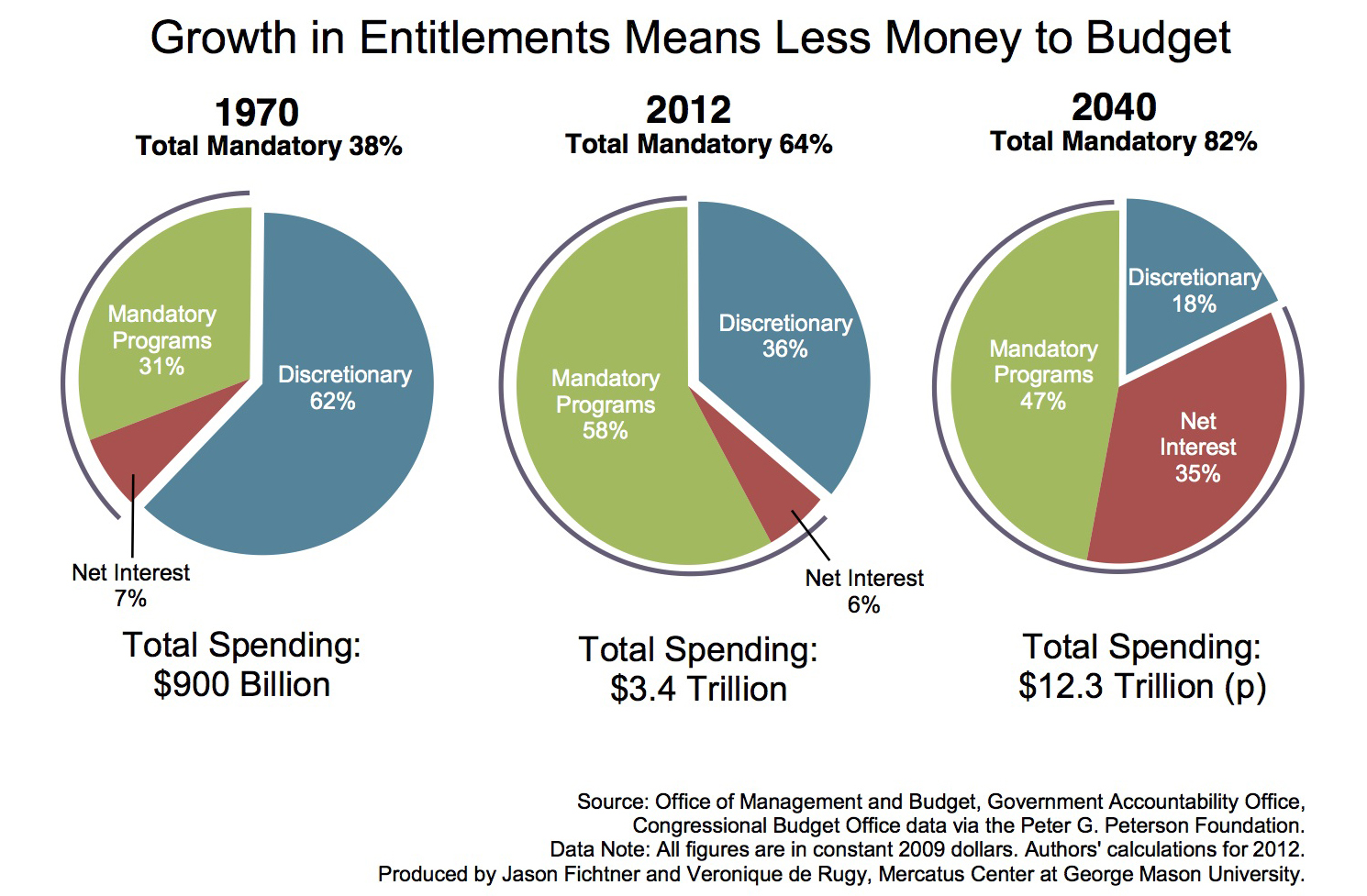
It’s simply another symptom of our society’s loss of faith in, even interest in the future. Rather than allocating funds to make certain that our country can continue to function decades in the future we want low taxes and government benefits now, and let our children and grandchildren pay for it.

Now Biden’s trillion dollar infrastructure package is obviously a step in the right direction. However it is certainly much too small and what’s really needed is not a one time package, however large but a strong commitment to long term investment in infrastructure.

And that will certainly require raising taxes, something that our current fractious government is probably incapable of doing. So we can all look forward to more bridges collapsing, more water mains bursting, more power outages and just an ever increasing breakdown of the public services we depend on everyday.
